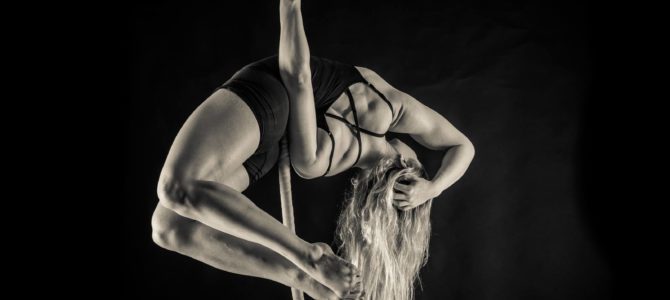When: Thursday, October 4th from 10am-6pm
Level: All Levels
Cost: $250
- How do I get more flexible?
- How do I achieve that next level of skill?
- How do I build the strength to do that cool trick?
- How do I stop getting hurt when I train?
This full-day class answers the questions that aerialists ask most often and helps them learn how to work with your body, rather than against it. We’ll talk about how your shoulders, core, and hips work together to move you through space, and how the right biomechanics can help you stretch further and be functionally stronger.
Most important, we’ll talk about how to train to your limits without getting hurt.
Based on the latest research and lots of practical, circus-specific examples, this class will help you understand your body—and your training—in a whole new way.
Dr. Emily Scherb received her graduate training at Washington University in St. Louis. During her training she worked under Dr. Shirley Sahrmann, the founder of Movement System Impairments. Through a unique examination process Emily focuses on the impairments that are the underlying bio-mechanical cause of your symptoms. This allows her to identify habits and movement patterns that may cause, perpetuate, or put you at risk for injury.
Her unique background in movement as a dancer and aerialist, in addition to her years of experience as a practicing physical therapist and teacher uniquely prepare Emily to address all of your aches, pains, and movement questions.
Emily is the Resident Physical Therapist at SANCA in Seattle, WA where she continues to teach flying trapeze in addition to teaching anatomy and injury prevention to their staff and Pre-Professional Program.
Emily fosters a continued interested in furthering her own education on the care of performing artists and safe training practices. She loves to share this information via lectures for the circus community, other practitioners, her blog, and through treating her interesting and wonderful patients.
Check out some of Emily’s blog posts
OUCH! What’s behind the pain in your elbow
Investigating the Hollow Body: the 5 “W’s” and How


